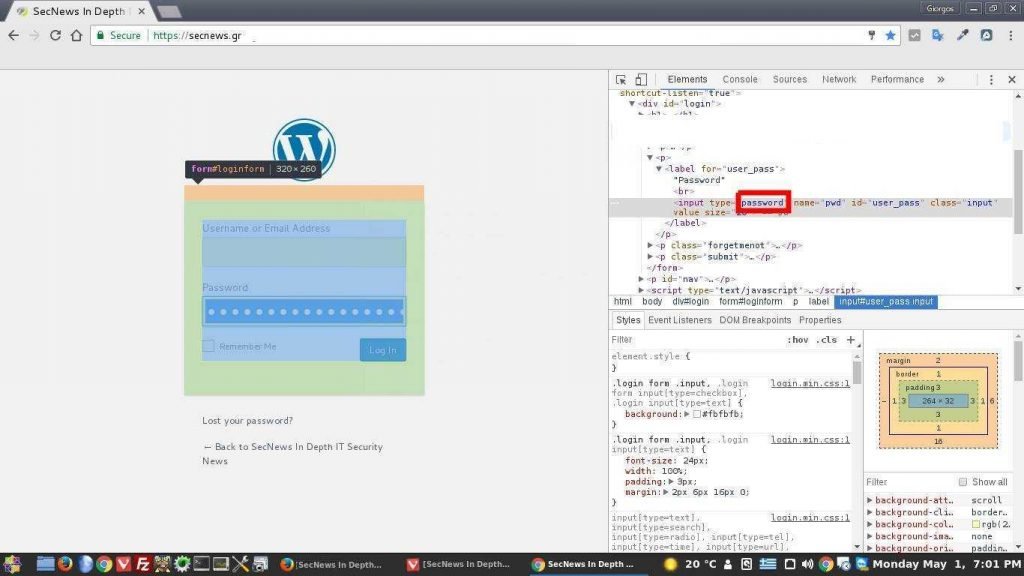In a previous release, we've described how you can see passwords that appear as docks. Today we will look at alternative ways that can show you codes you have forgotten and it is impossible to remember.
1. BulletsPassView from Nirsoft
BulletsPassView is a Nirsoft application that allows the user to see passwords behind the dots and asterisks in Windows. The program works with Windows and Internet Explorer password boxes. It doesn't work on third party apps like on Firefox, Thunderbird or Google Chrome that use other means to hide passwords. However, it works with many FTP Clients and other programs that use native password hiding.
BulletsPassView is the successor of the well-known Asterisks Logger and supports Windows Vista, Windows 7, 8 (on Windows 10 not tested) , Internet Explorer. The app also has command line options.
Bonus Tip: Nirsoft has one full package with Windows password recovery tools in a zip file, The password for the .zip extract is nirsoft123!
Caution: Some Antivirus programs can provide false Positive for the tools included in the zip. Not valid…
2. Use the Show Password on Focus extension
Another way to display passwords in your browser is to use an extension. As you would expect Google Chrome and Mozilla Firefox to have thousands of add-ons, and some of them show the passwords behind the dots. (Of course, you can also view their passwords from your browser settings, but the extensions below make things easier.)
A simple and effective extension for Chrome is Show Password on Focus, which will display the characters each time you type in a password box or click on it with your mouse.
The add - on for the Firefox called Show Password and it works slightly differently because you have to click on an icon in the plugin bar that will either turn off or disable the character display in the password field.
3. Uncover codes using Javascript
It is the way we have described in a previous publication. It will reveal any password protected by your browser. It comes with the above utilities because it works in browsers and the above tools can not do anything. Just copy the entire string from the box below and paste it into your browser's address bar. If there is a field with a hidden password, a small pop-up window will show you what's behind the dicks.
This method works with all browsers, but not with Firefox that has Javascript disabled in the browser's address bar. Of course you can turn it on again.
To do this, type about: config in the Firefox address bar, promising to watch in the box that pops up, and search for "noscript.allowURLBarJS". Double-click the entry to change it from False to True.
The above method may not work in Chrome as Chrome can search with Enter. One way to work is to use the following bookmark. Save it to your browser and use it when you need it.
4. Uncover the browser passwords through the Web Code
The following method has been successfully tested on the most recent browsers Chrome, Opera and Firefox.
Assuming you're on a website with a hidden password, double-click the password to highlight it, then right-click on it and select 'Inspect'. In newer versions of Firefox you will also need to click the table button control located at the bottom left to view the html content (Alt + M).
After viewing the html content of the page, the password bar should already be marked. As shown in the following pictures in this line there is the value: "Password" between units. Double-click on "Password", delete the word completely and look at the login screen ... Your password is there ...

Internet Explorer does not have an inspector window, but it does have a Developer Tools window by pressing the F12 key. Search again for the value “password” and delete the word. You will see all the passwords you want by following it procedure.





